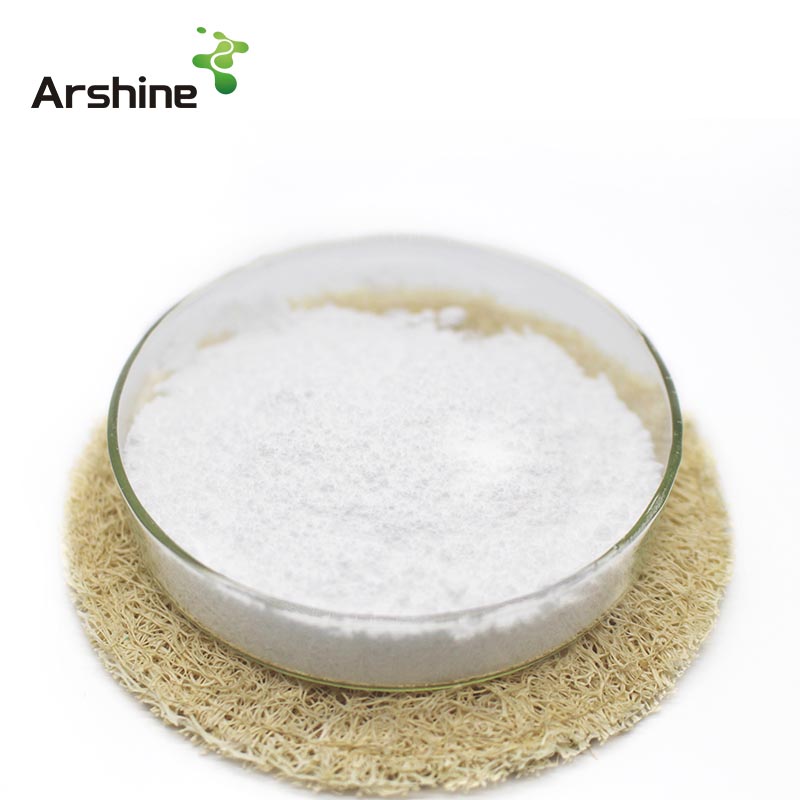
Sodium Benzoate has been extensively used for many years as a preservative to control microbial growth. It is used in the food and beverage industries, pharmaceuticals, cosmetic products, corrosion inhibitors in automotive and other antifreeze products. A range of high quality benzoic acid grades are offered to meet the different demands.
Introduction
Sodium benzoate is a preservative. It is bacteriostatic and fungistatic under acidic conditions. It is used most prevalently in acidic foods such as salad dressings (vinegar), carbonated drinks (carbonic acid), jams and fruit juices (citric acid), pickles (vinegar), and condiments. It is also found in alcohol-based mouthwash and silver polish. It can also be found in cough syrups like Robitussin. [1] Sodium benzoate is declared on a product label as 'sodium benzoate' or E211.It is also used in fireworks as a fuel in whistle mix, a powder which imparts a whistling noise when compressed into a tube and ignited.
Functions and Applications
1、sodium benzoate is widely used in food industry as a food preservative.
2、sodium benzoate is used as a preservative for soy sauce, vinegar, low salt sauces, juice, jam, fruit wine, canned food, soda water, beverage syrup, tobacco and so on.
3、The pharmaceutical industry is used to prepare sodium benzoate sedatives and other antiseptic drugs.
4、sodium benzoate is also used for anticorrosive paper, latex paint, shoeshine, glue and fabric.
5、sodium benzoate can also be used to make mordant in dyestuff industry, plasticizer in plastic industry and raw material for perfume industry.
6、As a chemical reagent, used as a cosolvent for serum bilirubin test.
ITEM | Specification |
Assay | 99.0% Min. |
Loss on drying | 1.5% Max. |
Chloride | 0.02% Max. |
Sulfate | 0.10% Max. |
Chloride Compound | 0.03% Max. |
Heavy metals | 10 ppm Max. |
Acidity or Alkalinity | 0.2ml/g Max. |
Arsenic (As) | 2 ppm Max. |
Readily carbonisable Substances | Meets the requirements |
Clarity of solution | Transparent |
Colour of solution | Y6 |
Benzene(ug per g) | 2 ug Max. |
Chloroform(ug per g) | 60 ug Max. |
1,4-Dioxane(ug per g) | 380 ug Max. |
Methylene chloride(ug per g) | 600 ug Max. |
Inquiry